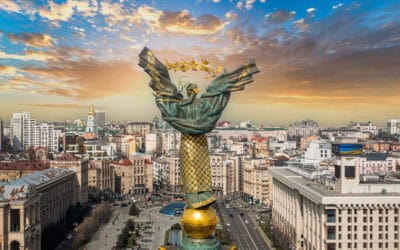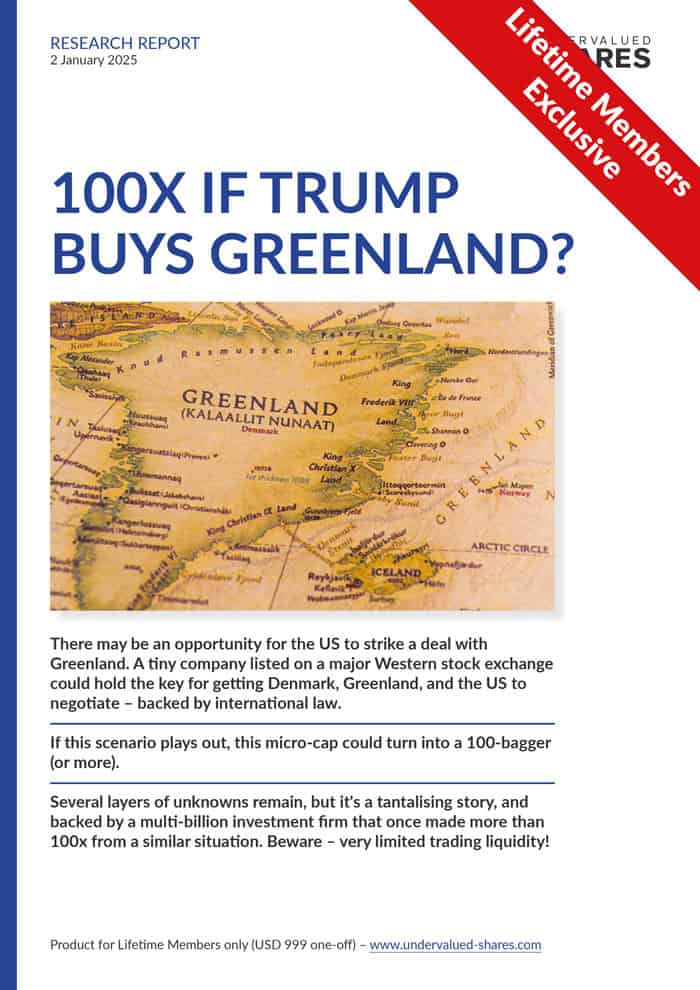South America is a fragmented, problem-ridden continent. Not entirely unlike Africa, even something as simple as flying between two major cities can be a bit difficult, or at the very least, expensive. Until relatively recently, it was sometimes cheaper to fly from one South American destination to Miami and then onwards to your actual destination in South America, than to take a direct flight between both cities.
Because half of the continent's population of 420m lives in a single country, Brazil, many of the other countries struggle to achieve economies of scale. Additionally, they often feature high tariffs, wildly fluctuating currencies, and all sorts of logistical challenges. Never mind corruption, which is rife everywhere.
Even something as mundane as ordering goods from Amazon in the US to be delivered to South America is often prohibitively expensive because of said tariffs. Unreliable local postal systems have added further challenges. During my days of living in Ecuador, I often ended up hand-carrying goods from the US back to Ecuador to hand them over to friends.
Mind you, such problems offer opportunities for those who can offer a solution.
Picking up the story of MercadoLibre on my side-trip to Uruguay
My recent 4-week quest for investment opportunities in South America involved a side-trip to Uruguay.
This is a country that has been held back by a deeply socialist mindset that seems to be firmly ingrained in most of the population. No one expects that to change, including myself. Uruguay is also unlikely to ever produce any outstanding equity investment opportunities. Its tiny local stock exchange has a grand total of seven listed companies, mostly in old-school industries such as cement, paper, and – you guessed it – dairy.
It is a useful place to visit, though, if you want to network and pick the brains of the right kind of people to generate new investment ideas.
How come?
Because two of the most buzzing, most happening holiday places for "Anyone who is Someone in South America" are located on the coast of Uruguay: Punta del Este and José Ignacio. During the summer holiday season, which in this part of the world is December to February, these two places are heaving with useful contacts.
It's here that I picked up the story of MercadoLibre, the South American success story that is seeking to rival Amazon.
Much as I had heard of Alibaba outdoing the likes of Amazon and eBay in China, up to that point I had not yet come across MercadoLibre. That's despite the company even having its own listing on Nasdaq, where back in 2007 it became the first Latin American tech company to get listed.
How could I have missed it?
MercadoLibre's e-commerce empire spans all of South America
In 1999, one Argentinean entrepreneur, Marcos Galperin, set out to change everything that was true up until this point about the continent missing out on the growing e-commerce market. While studying at Stanford University, he created MercadoLibre, a company that does what Amazon, eBay, and PayPal handle in the US – but adapted to the quirks of his home continent.
The company started its operations in Argentina, but by now it is active all across South America. It is, for all intents and purposes, the leading e-commerce company of South America (and its founder is now worth a cool $1.5bn).
On the surface of it, this is a company that investors might want to keep on their radar screen:
- Whereas Amazon is valued at $820bn, MercadoLibre is currently only valued at $16bn.
- E-commerce in South America is estimated to grow at an annual rate of 19% p.a., compared to 11% on a global scale. Two of the three fastest-growing e-commerce destinations in the world are in South America - Colombia and Argentina.
- MercadoLibre is the leading company in its field in South America, but its market capitalization is only 1% of its addressable market. Venture capitalists would deem this a low valuation.
There are quite a few reasons to think of MercadoLibre as an attractive investment, and insider transactions are part of it. Back in June, one of the company's insiders, who is also a director of a venture capital firm, bought no less than $14.9m worth of MercadoLibre shares at a price of then $305 per share. It's currently trading at $350.
A share worth jumping at?
Is MercadoLibre a share that I would jump at because of its low valuation and excellent growth perspectives?
Not quite, at least not yet. Because there are also some downers.
E.g., if you look at it from an earnings perspective, the company is currently valued at over 100 times its estimated 2019 earnings. That ain't cheap, bro'.
There are many good reasons to be optimistic about the company, but most of them seem to have been priced into the current share price already.
Also, it's a company that does seem to have quite a degree of risk of things just not working out. E.g., MercadoLibre has recently experienced considerable margin depression. Even in South America's fast-growing e-commerce markets, winning new customers is getting more difficult and more expensive. The strategy to invest in growth and market share could prove to be right, but it could also prove to be a terrible mistake. A few quarters of disappointing figures could rapidly deflate this share price.
I prefer investments that have huge upside but very limited downside. On the downside issue, MercadoLibre seems too risky. That's why on the whole, this is an investment I'd describe as "bet" rather than "undervalued opportunity."
Lessons to be learned
Much as I'd give MercadoLibre a pass right now because it's just not the kind of outrageously undervalued deal that I like to invest in, there are some interesting lessons to be taken away from it:
- Buying into the stronger growth prospects of certain overseas markets doesn't necessarily require you to buy exotic foreign shares. Technically speaking, MercadoLibre is a company incorporated in the US; and its primary listing is on Nasdaq.
- Quite regularly, you can find "copy-cat opportunities" abroad that mimic a success-story you'll be familiar with from your home market. With what you know about what worked at home, you can sometimes make a pretty good call about what is likely going to work elsewhere!
- It's always worth looking at potential takeover targets that well-known companies from the US, Europe or Asia might pursue in other regions and smaller countries. Amazon could decide that it's easier to swallow its number one competitor in the region than to try and outcompete it. WalMart has been said to be interested. If a buyer with deep pockets absolutely wants to buy its way into a market, then there is good money to be made.
For now, I am limiting myself to adding yet another interesting company to my radar screen, and I might come back to it at another time. In any case, I enjoyed researching it in the sunny, pleasant climes of Uruguay!
Research is all about going through lots and lots of ideas; being quite strict about what you deem a genuinely exceptional opportunity, and looking in out-of-the-way places to find that one company that ticks not just a few, but ALL the boxes.
On that note, it's back to my research work...
Did you find this article useful and enjoyable? If you want to read my next articles right when they come out, please sign up to my email list.
Share this post:








